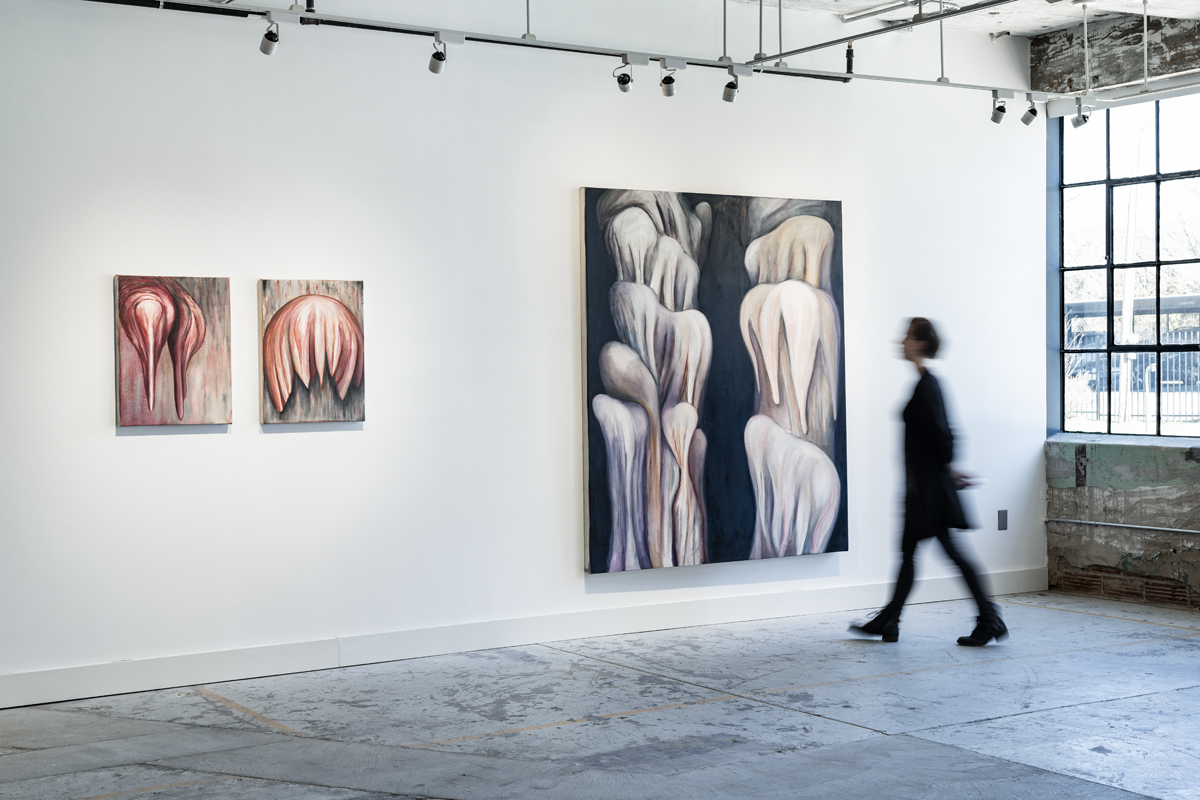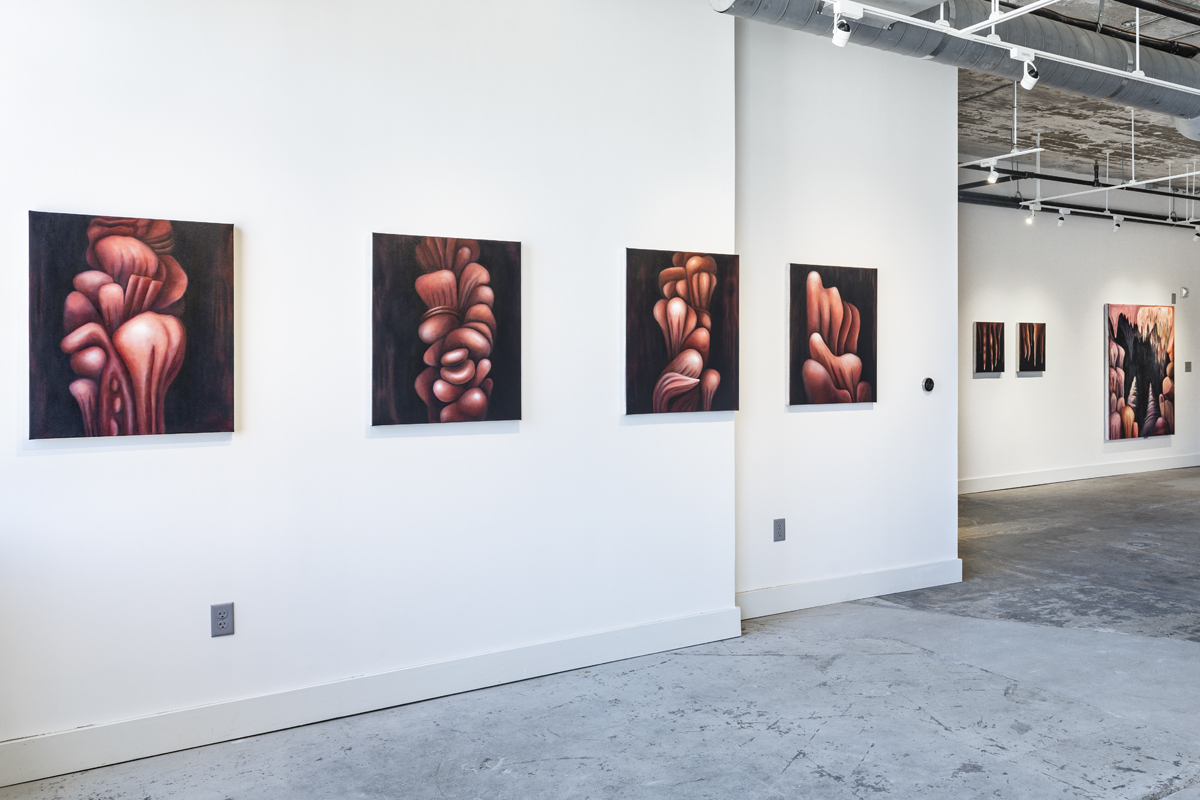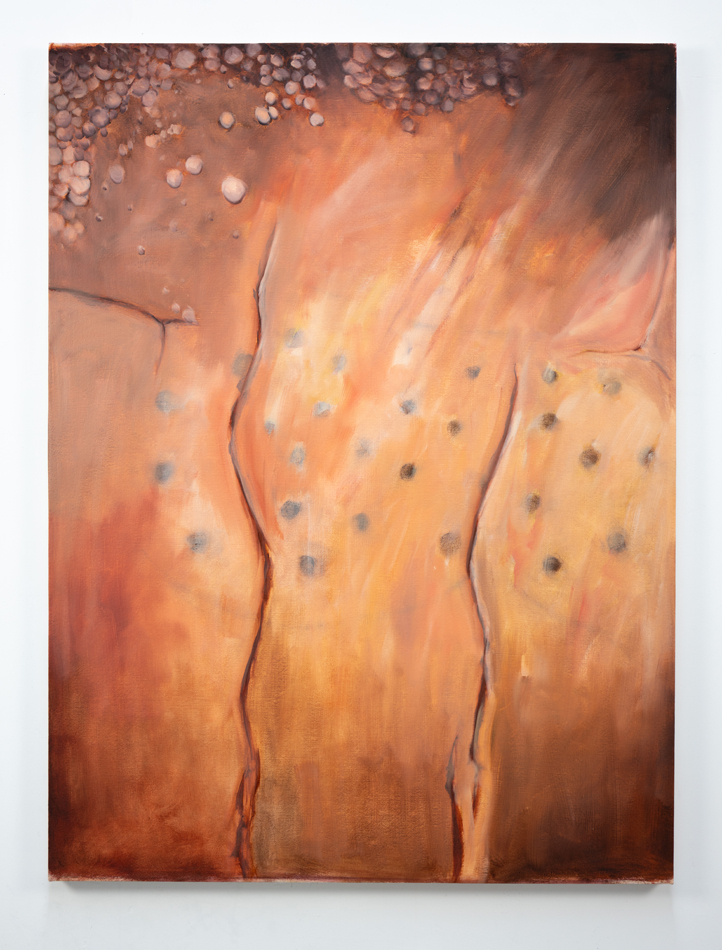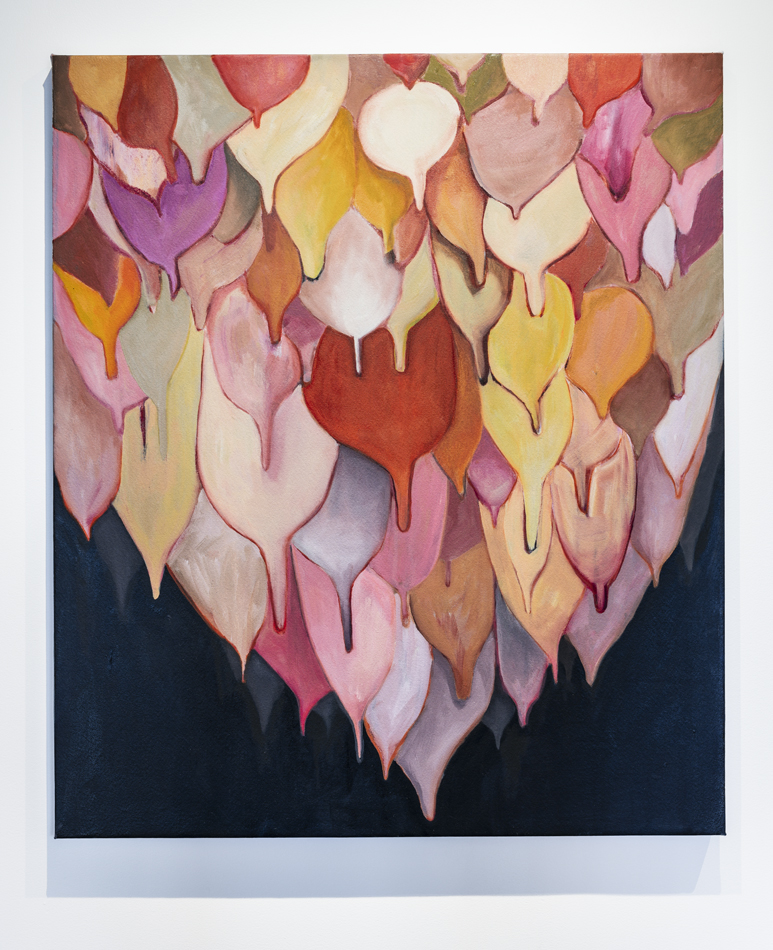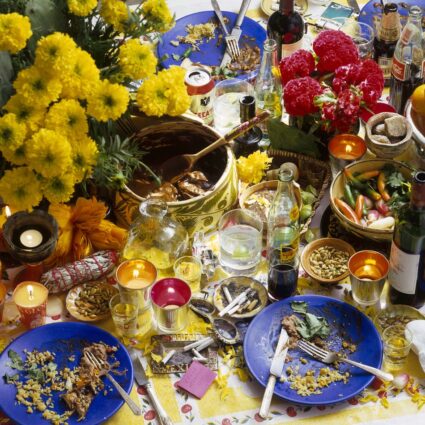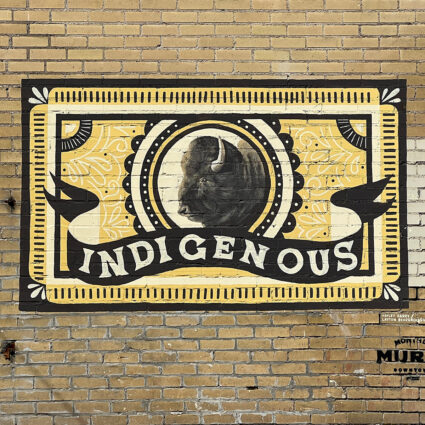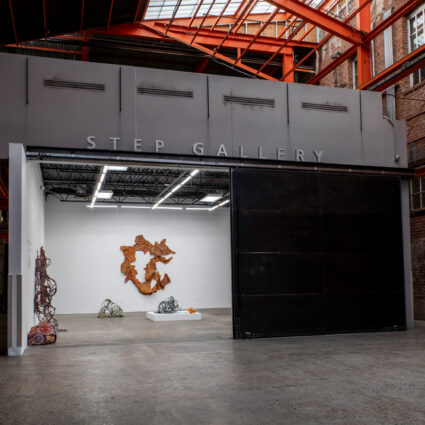Texas-based artist Erika Jaeggli on her first descent into a cave—and the all-consuming passion it unearthed.
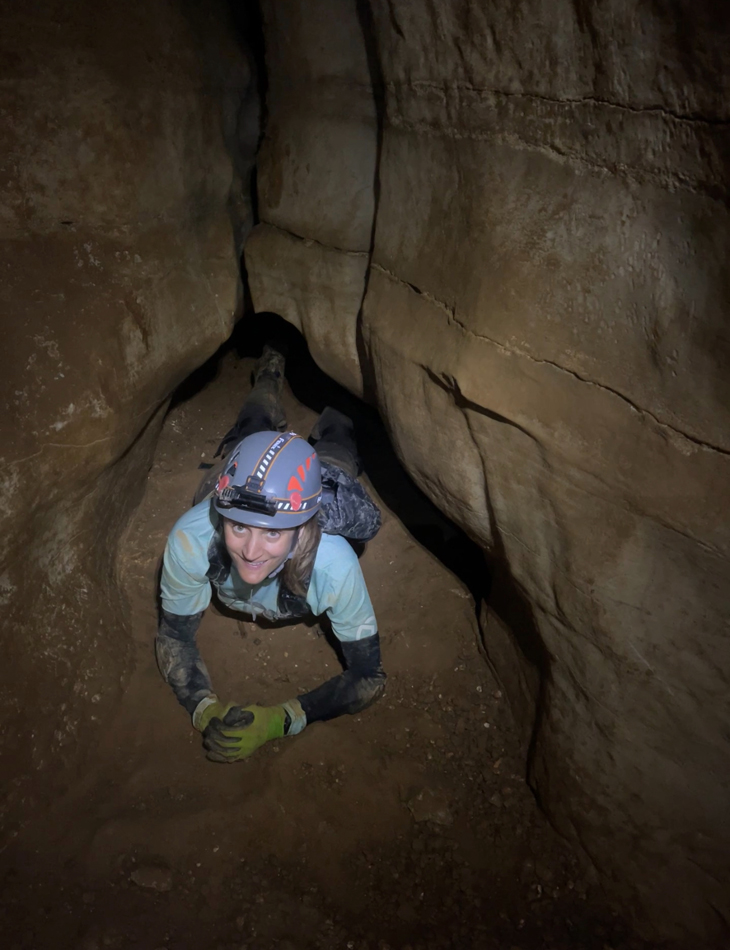
Close your eyes and imagine descending into the dark belly of the earth—how does that make you feel? For me, it conjures fear and perhaps a bit of claustrophobia. But for Erika Jaeggli, it’s her happy place. The Texas-based artist’s practice is rooted in the exploration and research of caves. Deep in these enigmatic landscapes, she unearths echoes of the universal wisdom sheltered within. In 2021, she received a grant from the Dallas Museum of Art funding research on the seven show caves (caves accessible to the public) of Texas. She has been caving in New Mexico, Texas, Oklahoma, and Tennessee, and will be an artist-in-residence at Carlsbad Caverns National Park in New Mexico later this year.
How did you discover your passion for caves?
I became interested in caves about six years ago, when I was at a place in my career where I wanted to make some big changes in my practice. The cave served as an interesting conceptual framework—a metaphor for the creative process of going into a deep, internal, unknown place to find enlightenment and truth. What began as a thought experiment transformed into a tangible, active passion once I started actively caving myself. Caves are nature’s abstractions; their formations and channels disorient our understanding of landscape and space. Each cave is unique, and the more caves I explore, [the more] my appreciation and desire to be underground grow.
Could you describe your artistic process from start to finish?
My field research exploring caves consists of photography, videography, [and] LiDAR scanning, as well as more traditional methods of drawing, writing, and painting. This large amount of field research fuels my studio work for the [following] months and years. My goal for the work isn’t to present a photorealistic image, but rather offer viewers intimate, interior perspectives of the cave’s geological features, transforming natural formations into abstract, emotional landscapes. While my practice encompasses installation, photography, digital paintings, and encaustic wax, over the past year, I have been focusing primarily on oil painting.
Exploration is evidently part of your process, which, to me, draws some parallels to Romanticism and ideas of the sublime found in nature. Has caving in the Southwest changed the way you see or relate to your home and the landscape?
Absolutely. I’m interested in challenging traditional notions of landscape painting, shifting focus from expansive romantic vistas to intimate, internal landscapes that speak to the unseen forces shaping our natural world. Cave systems don’t care about land borders and policy and yet are very much affected by the policies and borders that sit directly above them. There are over 3,000 known caves in Texas alone, and they’re incredibly important to understand and preserve, as they’re entry points to groundwater aquifers and home to hundreds of ancient species of animals. Finding this new way to encounter the earth has enabled me to rethink the symbiotic relationship between the human body and the earth’s geological forces.
Is there a specific experience you’ve had in a cave that stands out to you—one that really changed you?
I always think about the first cave I visited, Cave Without a Name in Boerne, Texas. I was dumbfounded by how much the formations looked like parts of the human body—from breasts to lungs to internal organs. It was dark and wet, and I kept saying to my friend, “We’re inside a body!” This past winter, I was able to go back and spend about four hours inside the cave drawing and photographing to my heart’s content. It was an incredible experience and is fueling new work in my studio.


